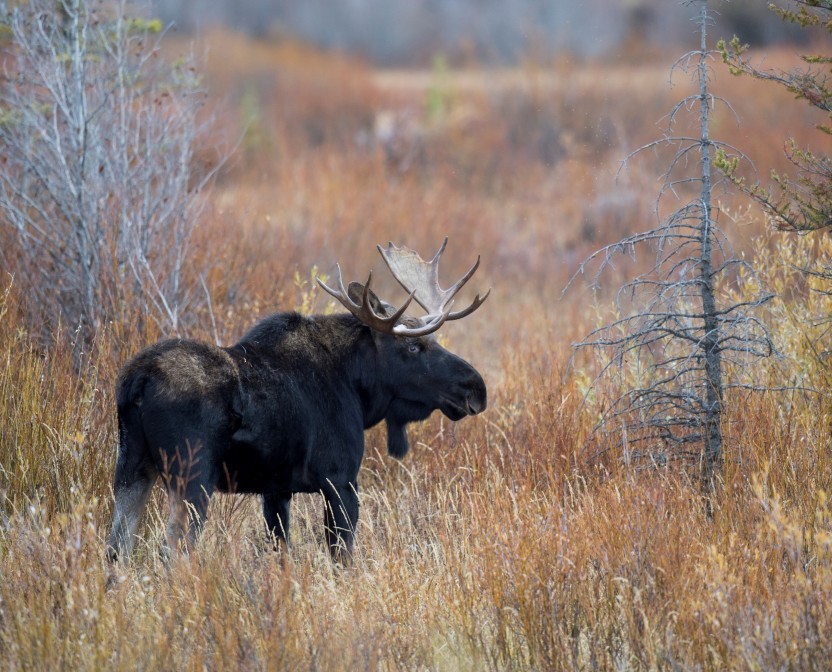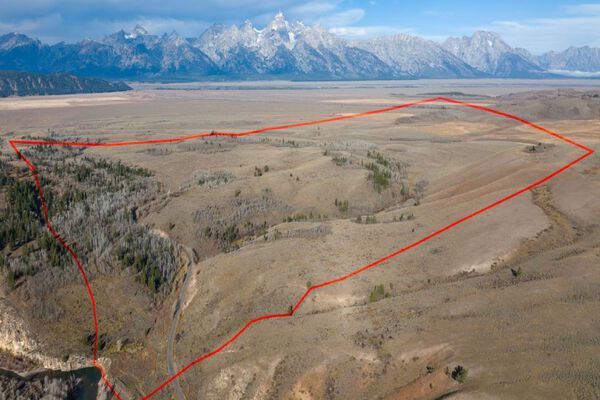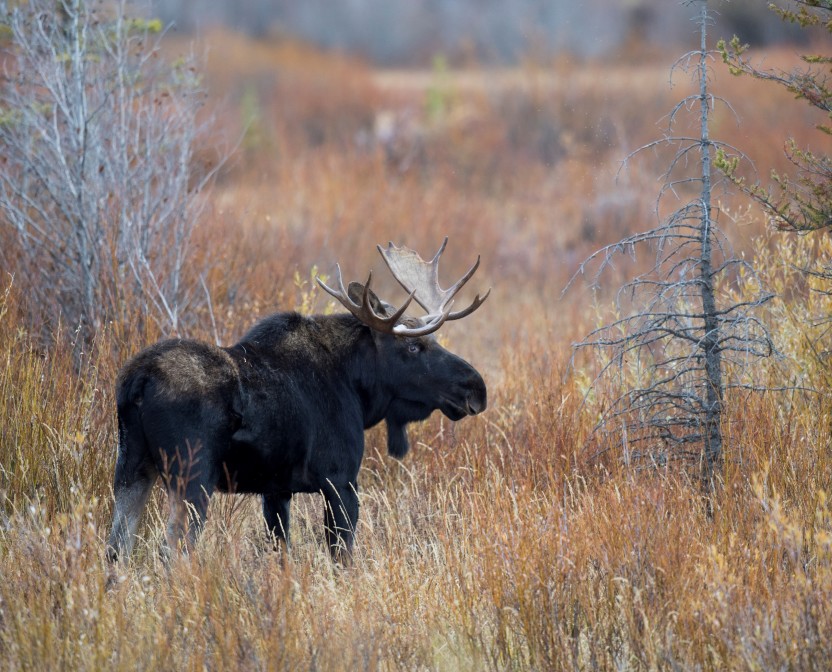
Photo courtesy of Sheets Studios
• Moose have begun concentrating in the sagebrush/grassland areas in the south end of the park. They are seeking bitterbrush and other foods in these areas that provide fall nutrition.
• Mule deer and pronghorn are migrating to distant wintering areas south, east, and west of the park.
• Elk will begin migrating as November temperatures cool and snow begins to accumulate in the high country.
• Most black bears and a few grizzly bears will be in winter dens by early November. By the end of the month most grizzly bears will have gone to sleep as well.
• The woods are notably quiet, as most migratory birds have also migrated to wintering grounds. Grey jays, Clark’s nutcrackers, chickadees, ravens, great-horned owls, bald eagles, pine grosbeaks, goldeneyes, and trumpeter swans are a few of the prominent birds that remain here year around.
• Rough legged hawks, long distant migrants which spend their summers in the Arctic, usually arrive during November.
• Winter wildlife closures both in and out of the park commence in December, reminding us it’s time to remember that wildlife are particularly sensitive to human disturbance during winter.










